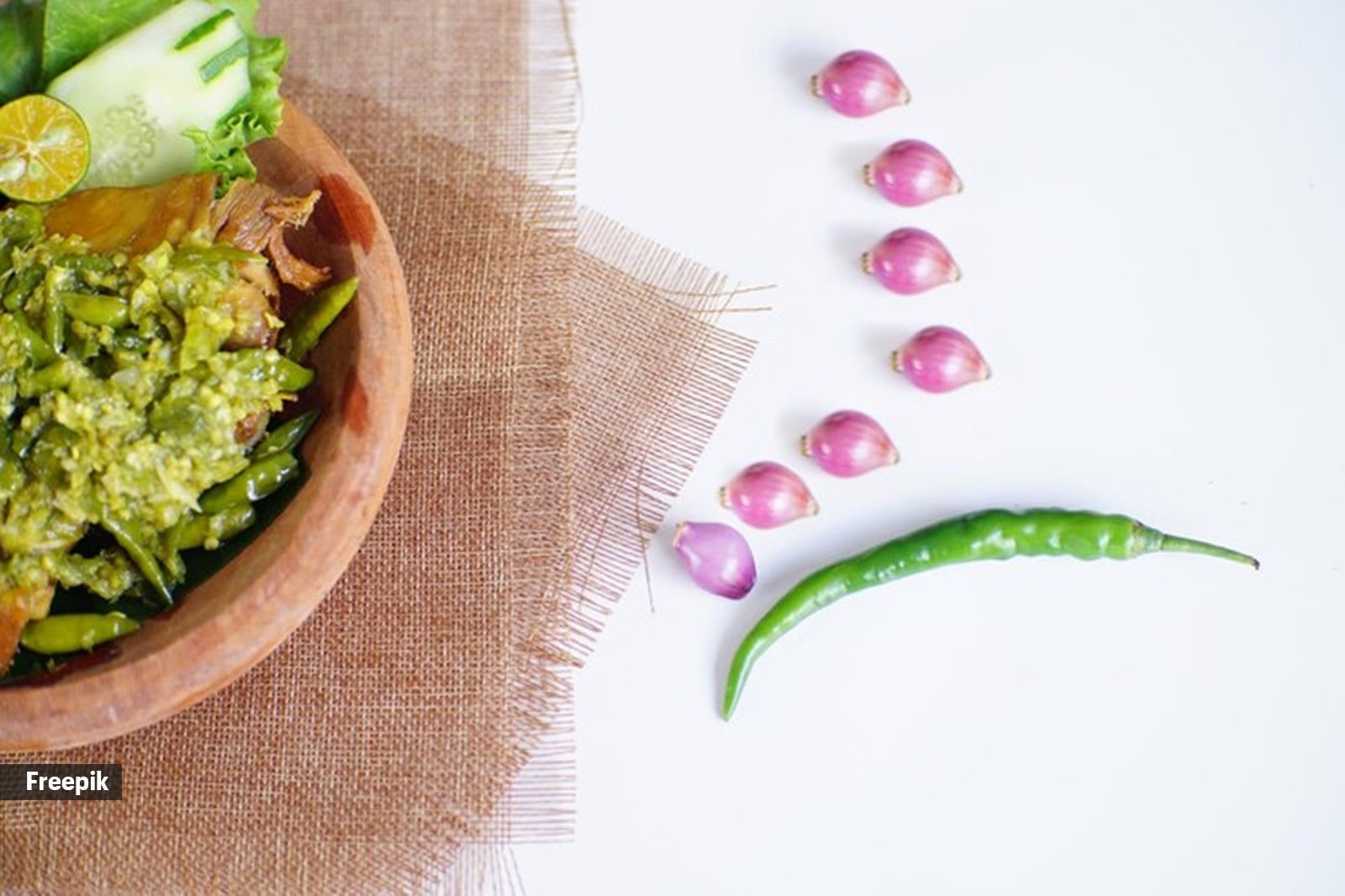Malaika Arora has ventured into the business world after the launch of her restaurant Scarlett House in Mumbai. In a recent episode of Sunday Brunch with Curly Tales, the actor shared her favourite paneer thecha recipe, and it’s as fiery as it is flavourful.
Known for her love of “teekha (spicy) food”, Malaika’s version of the dish packs a punch with roasted garlic, green chillies, and plenty of coriander. “Paneer thecha is made at my home all the time.”
The quick and easy recipe involves taking any type of paneer or tofu one prefers and cutting it into cubes, then dry roasting garlic, green chillies, coarse salt (mota namak), peanuts (sing daana), and coriander with its stems. Once crushed, this flavourful mix is used to coat the paneer or tofu pieces, which is then lightly fried on a tawa with minimal oil.
But, what is thecha?
Ashlesha Joshi, senior nutritionist at Tone30 Pilates, tells indianexpress.com, “Thecha is a traditional condiment from Maharashtra, made by pounding green chilies, garlic, salt, and sometimes peanuts or sesame seeds.”
Historically, thecha originated in rural Maharashtra, where it complemented simple meals like bhakri (millet flatbread) and buttermilk, adding bold flavours to basic dishes. It was also a quick, nutritious energy boost for farmers and aligned with the hot climate, as capsaicin in chilies induces sweating, helping to cool the body.
“Today, thecha has evolved into a versatile condiment, enjoyed with modern dishes like paneer, rice, or parathas,” Joshi mentions.
 Consuming spicy foods like thecha, which contain capsaicin, has both positive and negative effects on digestion and metabolism. (Source: Freepik)
Consuming spicy foods like thecha, which contain capsaicin, has both positive and negative effects on digestion and metabolism. (Source: Freepik)
But can a spicy dish like this have specific health perks or downsides?
Joshi says, “Malaika Arora’s paneer thecha combines nutrient-rich ingredients that not only enhance flavour but also deliver significant health benefits.”
Story continues below this ad
Paneer is a powerhouse of high-quality protein, particularly rich in casein, and an excellent source of calcium (200 mg per 100 g), crucial for bone health and muscle function. It also contains phosphorus and magnesium, which support energy production.
Green chilies are rich in capsaicin, a compound that boosts metabolism and has anti-inflammatory and antioxidant properties. They are also packed with vitamin C and beta-carotene, which support immunity and skin health.
Garlic is known for its cardioprotective effects, helping reduce cholesterol, improve blood flow, and lower blood pressure. It also has antimicrobial and prebiotic properties that support gut health.
Peanuts and sesame seeds, found in the thecha, provide healthy fats and protein, notes Joshi. Peanuts contain arginine, which aids vascular function, while sesame seeds offer anti-inflammatory omega-6 fatty acids and lignans.
Story continues below this ad
“Mustard oil and ghee used to make thecha contribute to a healthy diet. Mustard oil contains erucic acid and omega-3s, known for their anti-inflammatory effects. Ghee, rich in butyrate, improves gut health and offers additional anti-inflammatory benefits,” says Joshi.
Impact on digestion or metabolism
Consuming spicy foods like thecha, which contain capsaicin, has both positive and negative effects on digestion and metabolism. On the positive side, Joshi states, capsaicin stimulates digestive enzymes, aiding in food breakdown and nutrient absorption, while its antimicrobial properties promote gut health by reducing harmful bacteria.
“However, overconsumption can irritate the stomach lining, leading to issues like acid reflux or gastritis. Metabolically, capsaicin boosts thermogenesis, increasing calorie burn even at rest, and enhances fat oxidation, supporting weight management, as noted in studies in The American Journal of Clinical Nutrition,” highlights the nutritionist.
Precautions to take
Some precautions suggested by Joshi:
Story continues below this ad
Moderation: Avoid excessive spice, particularly if you have conditions like acid reflux or IBS.
Pairing with Cooling Foods: Consuming spicy foods with cooling ingredients like paneer or yogurt can mitigate adverse effects.
Hydration: Capsaicin can cause dehydration; staying hydrated is crucial.
DISCLAIMER: This article is based on information from the public domain and/or the experts we spoke to. Always consult your health practitioner before starting any routine.

